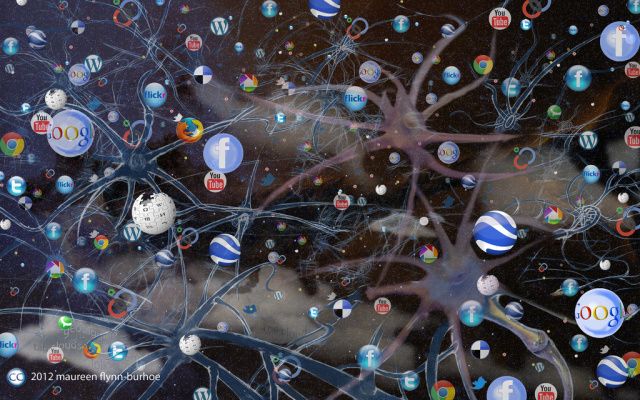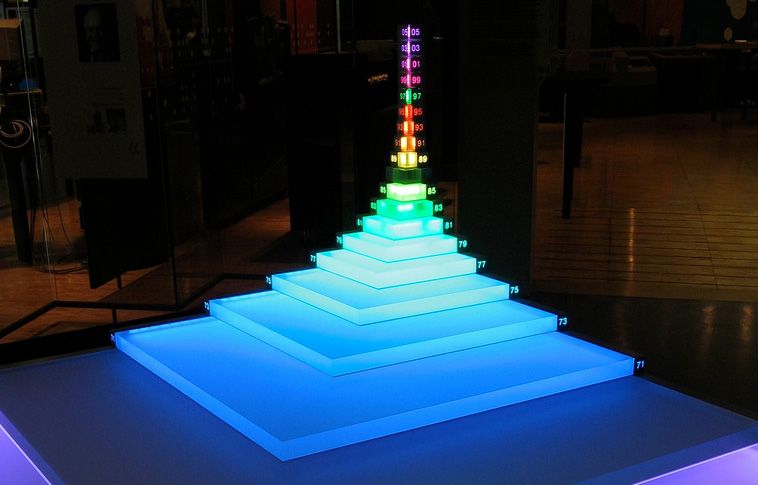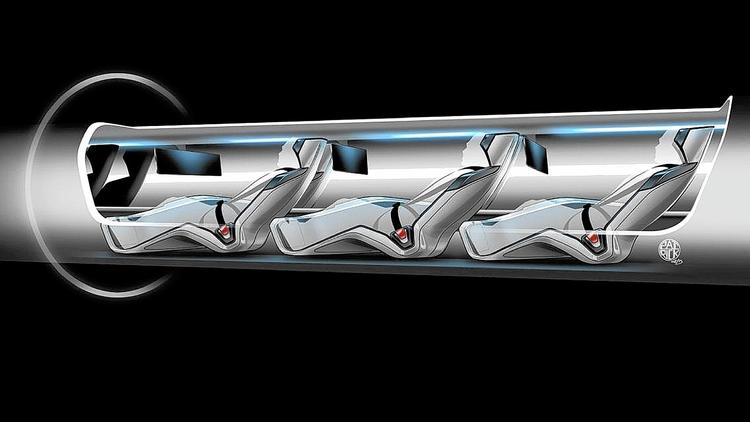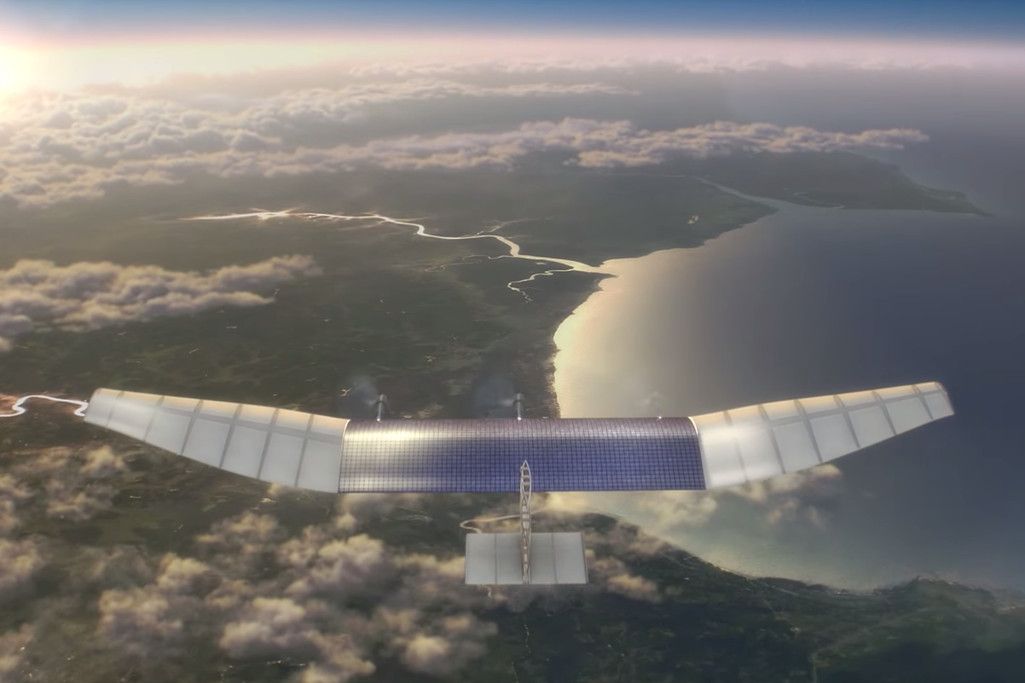A realistic and desirable human destination would produce a different space program than what we have today.
“We reach for new heights and reveal the unknown for the benefit of humankind.” This is NASA’s Vision Statement. This is NASA’s reason for being, its purpose. This is a vision statement for science and knowledge. This vision statement was crafted in a solar system that has only one planet that is environmentally friendly to human life.
Thanks to the ongoing search for exoplanets, we’ve identified several planets in our galaxy that are Earth sized and in their star’s habitable zone. Based on statistics, potentially billions more are waiting to be found. We are just now developing the technology to detect them. But we’re nowhere near having the technology needed to get to visit them. They are simply too far away.
Now here is where I’d like to pose a what if question: What if there was another habitable planet just like Earth, right here in our own solar system? What would Earth’s space programs look like, if anyone with a good telescope could look up and see another world with oceans, and continents, and clouds, and green forests? I think that it is safe to say that space programs in this imaginary solar system would be vastly different than ours today. This is conjecture, but it seems likely that the vision statement above, would be more in line with making that new world available for humanity.
Of course the key difference between our present reality and this imaginary scenario is the existence of an obviously desirable destination relatively close by to Earth. This lack of obviously desirable destinations has shaped space programs into the form we see them today. The science oriented form described in the current NASA vision statement is a good example.
It has been said that leadership begins with a vision. To be compelling, a vision describes a desirable end state to be obtained. In the case of the fictional scenario with another Earth like planet in the solar system, that leadership vision might include making it possible for people to move freely to this new world.
As an analogy, in the mid 1800’s, the transcontinental vision (paraphrased) was to secure the U.S. position on the Pacific through a speedy and direct means of travel from one coast to the other. That vision did not include establishing and building the city of San Francisco! The prior existence of San Francisco, enabled the vision of a transcontinental railroad.
Since our situation lacks a visible desirable destination, a bit more effort is required in the vision department. We know that the solar system contains all the resources we need in order to construct vast places for people to live. Immense structures with forests, streams and farmland as advocated by Dr. Gerard O’Neill back in the 1970’s are all possible. We can achieve the same vision of having another habitable planet in this solar system, we just have to add the intermediate step of a vision to develop the manufacturing capability to construct our own desirable destinations!
Using the transcontinental vision as a guide, it is premature for the space vision to focus on sending millions of people out into space, since apart from the International Space Station, there are no destinations yet! No, to get to the transcontinental vision for space, we first need a vision of building a San Francisco in space! But in order for that vision to be considered, it must be realistic. The focus would be on developing the tools and robots necessary to rapidly and economically build up in-space manufacturing industries that can begin the construction of the first villages that will grow into the human cities.
Even though we do not have another Earth in our solar system, it is possible to envision the creation of other Earth equivalents. This leap in leadership would produce a vision unlike what we have now. This new vision, focused on manufacturing and development utilizing the resources of our solar system, would empower capabilities for even greater accomplishments in the future.






